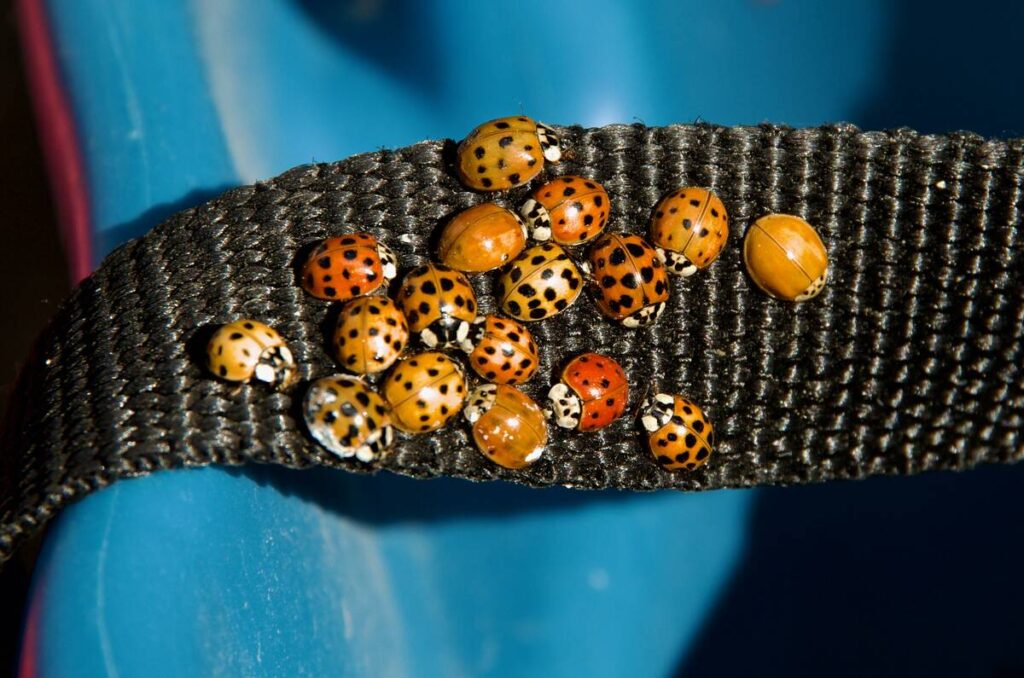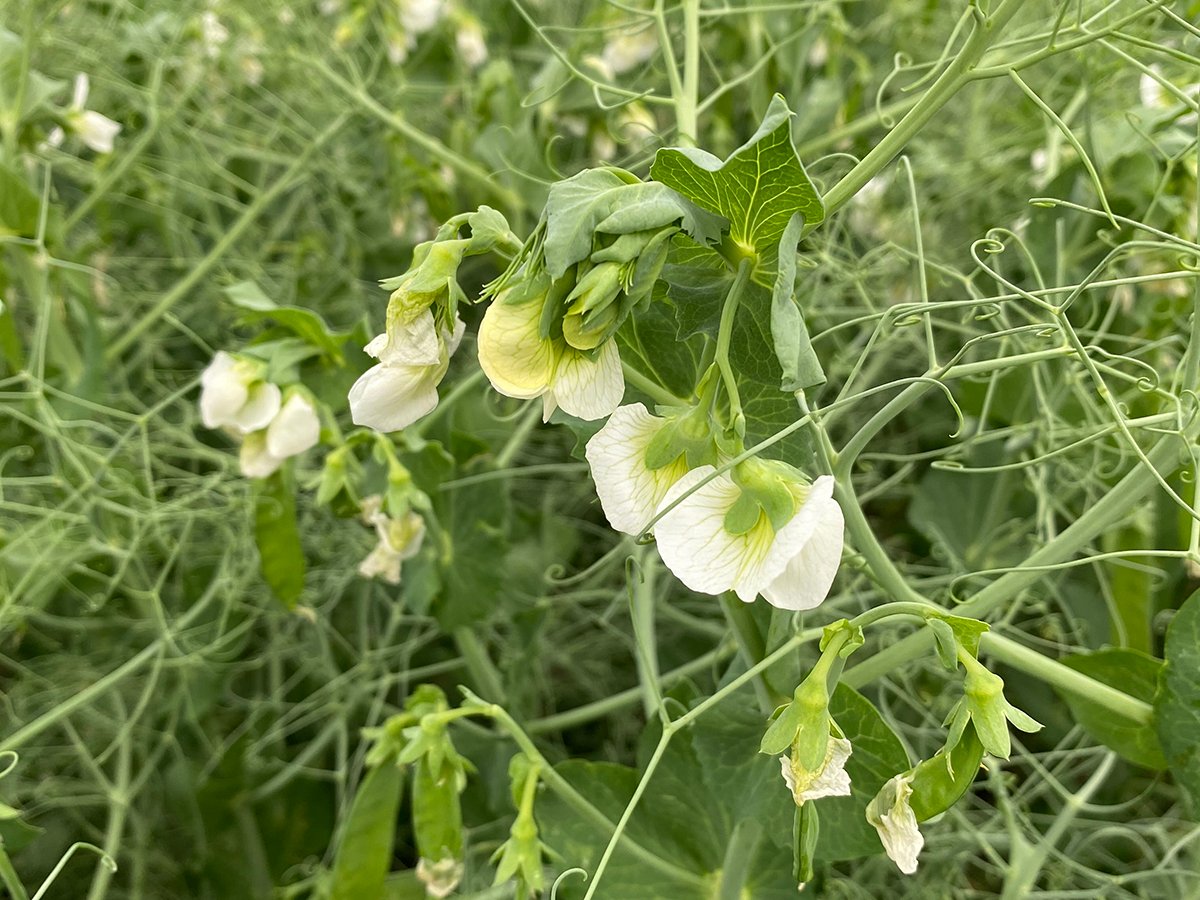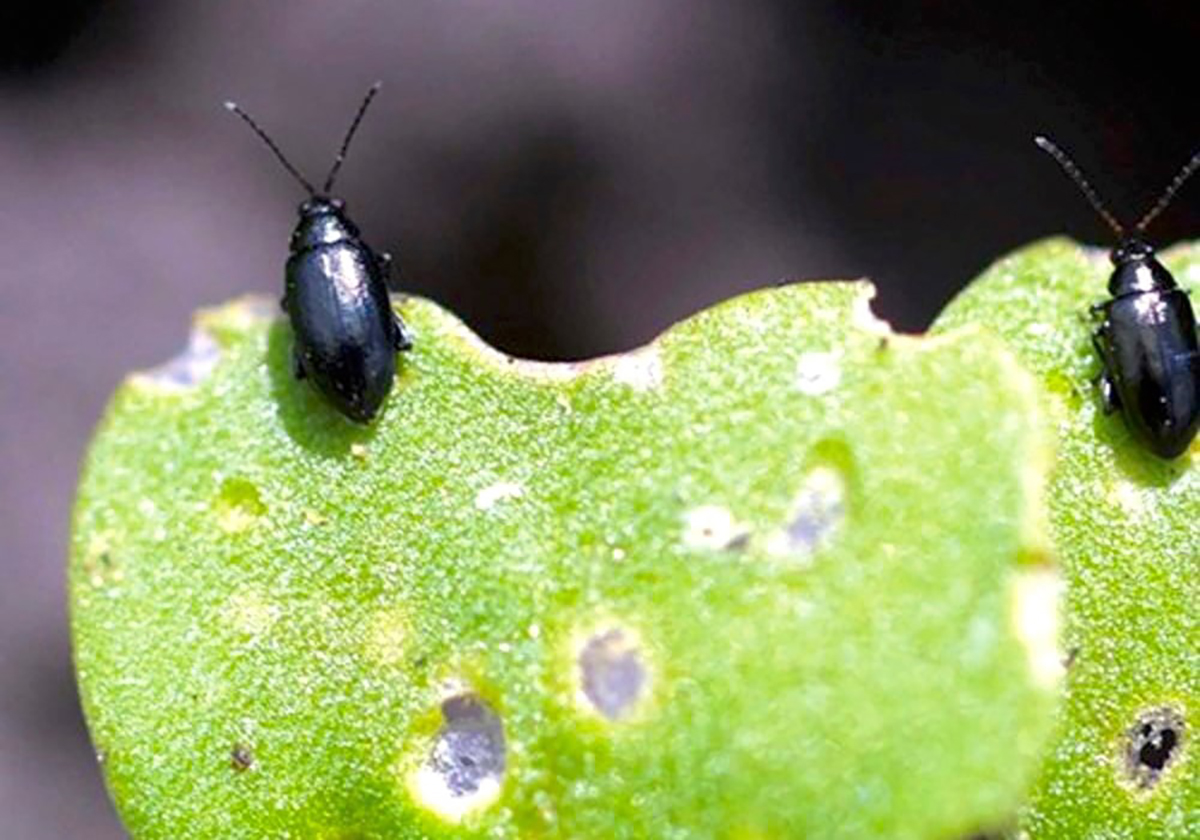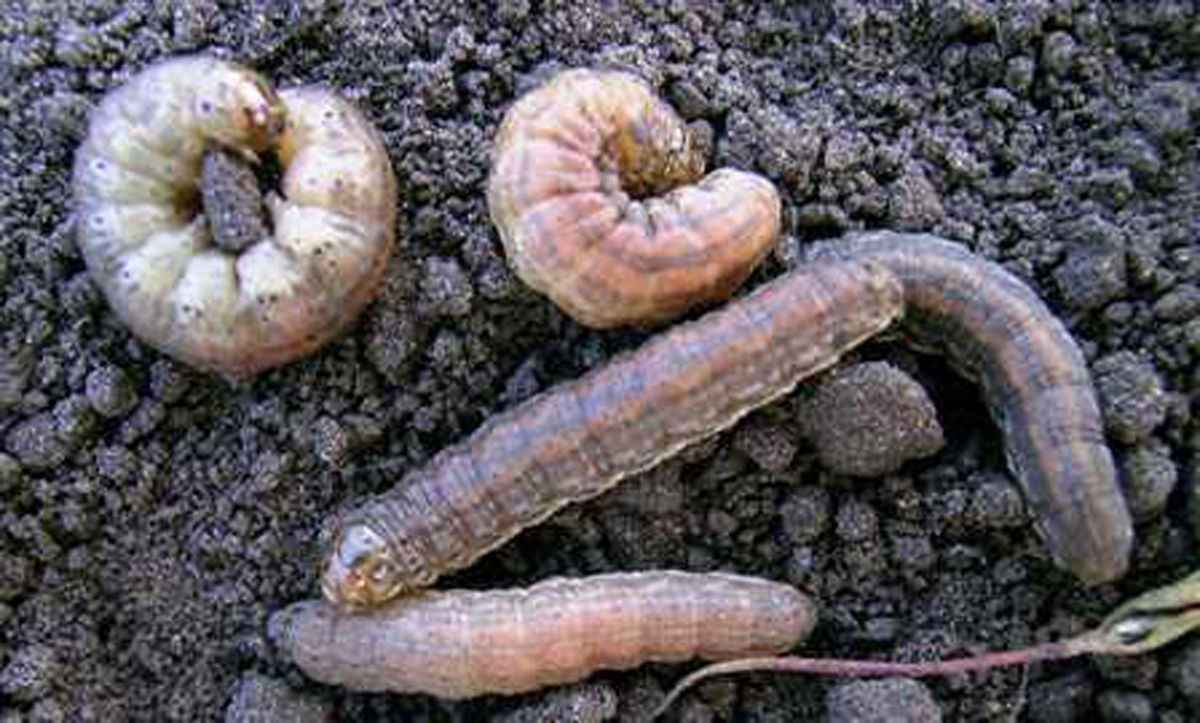Farmers urged to watch early for insect pests

Glacier FarmMedia – It’s not just farmers getting more active as seeding seasonhits; the bugs are waking up from winter, too.
Manitoba Agriculture experts are urging farmers to scout for pest insects early so that they have the best information when deciding if to spray.
Good counts are key for the farmer to know if pest populations have reached the economic threshold for that combination of insect and crop.
Read Also


India urged to bring back pea tariff
India’s pulse trade is pushing for the government to implement a large tariff on imported yellow peas.
For flea beetles, for example, 25 per cent of the canola leaf needs to be lost (averaged across 10 plants and with counts repeated at five points across the field) before the Canola Council of Canada suggests a spray pass.


Manitoba’s 2025 crop protection guide notes that spraying too early or too often wastes money and sets the stage for insecticide resistance.
Resistance is “becoming more of an issue,” Manitoba Agriculture entomologist John Gavloski said during an April 16 Crop Talk webinar.
“So, we want to be careful with our use of insecticides. Be scouting early. Know your thresholds and use your products wisely.”
Producers need to be out in the field at the right time, armed with the right knowledge to identify insects, he added.
Manitoba has four main groups of cutworm that feed differently and overwinter at different life stages, which are all important details for making a control plan. Some types clip stems at the surface. Others, such as dingy cutworms, climb plants to feed on leaves at night and retreat underground by day.


“Climbing cutworms can be tricky (to scout), because you see the feeding; you may not see the cutworm,” Gavloski said.
Farmers should dig around damaged plants to confirm what species they’re dealing with.
Size is another factor when deciding whether to spray. Once the larvae are 35 to 38 millimetres long, most of the damage has been done, the entomologist said. Spraying might no longer be worth it.
“If you do need to control cutworms, note that they are nocturnal, so they … hide in the day. They feed at night,” Gavloski said.
“So ideally, getting the spray on as close to the evening as possible is good. That way it’s fresh when they come out and start their feeding.”
Gavloski also urged farmers to be on the lookout for natural pest control.
Insects such as ground beetles, rove beetles and parasitic wasps are good news for the farm because they will feed on or lay eggs in pests.
In some cases, it’s the larvae that are pest-eating predators. Other species, such as ground beetles and lady beetles, munch on aphids and other problem insects throughout their lives.
If cutworms are the problem, farmers often reach for two types of chemical control, Gavloski said: diamides and pyrethroids. While diamide-based seed treatments offer early season protection, pyrethroid foliar options may be needed if the problem persists later in the season.
For flea beetles, the goal is to keep canola ahead of damage until the plants grow out of their vulnerable stage.
“Your big challenge is getting your canola to the three- to four-leaf stage in three to four weeks,” Gavloski said.
Seed treatments wear off after around three weeks, and if crop has stalled, as it has in recent years, producers will have to turn to foliar spray.


Foliar spray has become a fact of canola growing for many farms in recent years, with tales of multiple passes being done on a single field to try and beat back the wave of flea beetles.
There is research looking into how well pyrethroids are still performing to control flea beetles, Gavloski said, but “I think what’s happening is that the flea beetles are just so numerous that they’re just re-invading the field” after the pass.
The grasshopper forecast for 2025 is mixed. There were fewer issues last year due to the cool, wet spring, but Gavloski warned that this year might see another surge.
“They did have some pretty good egg-laying conditions,” he said.
He encouraged farmers to take part in Manitoba Agriculture’s insect monitoring programs. Those include yearly trap counts for bertha armyworm, diamondback moth, pea leaf weevil and cabbage seedpod weevil.
Source: www.producer.com


